The aim of Blue Brain is to establish simulation neuroscience as a complementary approach alongside experimental, theoretical and clinical neuroscience to understanding the brain, by building the world’s first biologically detailed digital reconstructions and simulations of the mouse brain.
Over the course of the project, the contributions of many different fields have proven essential and research findings of Blue Brain touch upon a wide range of topics. Through our commitment to open science, everything we learn is shared in over 200 peer-reviewed papers, and via the numerous tools and data available on the Blue Brain Portal.
Here we summarize and share links to some of the major findings of the project across broad categories of topics.
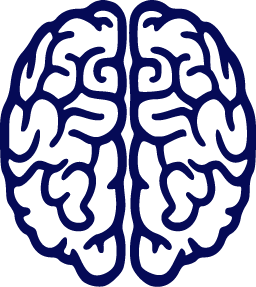 Whole Brain Organization
Whole Brain Organization
- Mouse Brain Cell Atlas
- Deriving cell densities from gene expression
- Constraining cell densities with multiple datasets
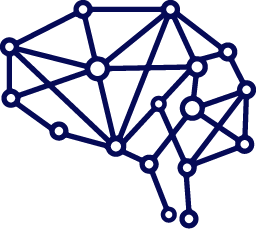 Connectomics
Connectomics
- Statistical Connectivity predicts most connections
- Predicting the connectome of microcircuits
- Predicting the connectome of the neocortex
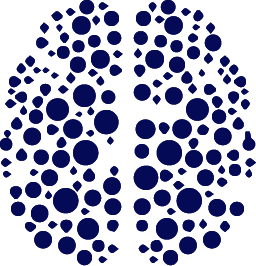 Circuit
Circuit
Organization
- Dense prediction of cells, synapses & pathways in neocortical microcircuits
- High dimensional cliques and cavities
- Cliques of neurons are innate
Modeling
- Reconstructing the neocortical microcircuit
- Reconstructing the thalamus
- Reconstructing the neocortical-thalamic system
- Reconstructing the hippocampus CA1
Function
- Neuronal correlations determined by position in and size of cliques
- Activity regimes determined by calcium levels
- Auditory surprise enabled by synaptic depression
- Sensory input shifts activity regime from chaos to ordered
- How hub neurons shape cortical dynamics
- Cell-types controlling UP and DOWN states
- Robust activity enabled by morphological diversity
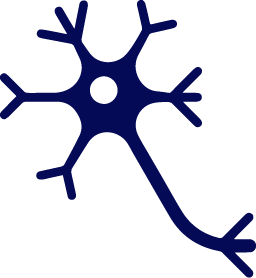 Neuron
Neuron
Organization
- Neuron morphologies can be objectively classified
- Neuronal electrical behaviors are hierarchically organized
- Mapping across morphology, electrical & transcriptomics can fill knowledge gaps
Modeling
- Computational synthesis of any morphology
- Automated generation of any electrical behavior in any morphology
- CORE NEURON, NEURON for supercomputers
Function
- Human neurons are uniquely fast
- Electrical behavior is resistant to morphology
- Morphological diversity make cell-type function more robust
 Synaptic
Synaptic
Organization
- Common neighbor rule for synaptic connectivity
- Deriving synaptic connectivity between morphologically detailed neurons
- Organisation of neuromodulatory fibers in the neocortex
Modeling
- Unifying Ca2+-dependent synaptic plasticity algorithm
- Data-driven derivation of hippocampal synaptic physiology
- Data-driven model of acetylcholine release
Function
- Network timing-dependent synaptic plasticity
- Human pyramidal synapses are strong and highly reliable
- Spontaneous and evoked synaptic rewiring in neocortex
 Ion Channel
Ion Channel
Organization
- A kinetic map of genetically expressed voltage-gated ion channels
- Combinatorial rules for ion channel expression
- Database of all ion channels, 3 species, 3 temperatures
Modeling
- Data-driven automated modeling of neurons with HH ion channels
- Neuron models with genetically prescribed ion channels
- A temperature-dependent HH model
Function
- Significant kinetic homogeneity from mouse to human
- Voltage-dependence is temperature-dependent
- Glycosylation is a potent generator of kinetic diversity
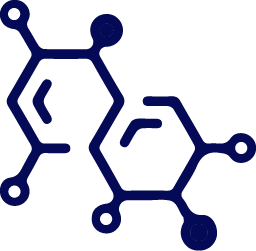 Molecular & NGV
Molecular & NGV
Organization
- A standardized molecular atlas for system biology
- A map of the brain’s metabolome
- Approximation for molecular interactions
Modeling
- Detailed molecular model of the NGV
- A molecular simulator at nanoseconds
- Encoding stimuli in metabolic signals
Function
- Loss of metabolic flexibility in the aging brain
- How ionic diffusion changes extracellular potentials
- NE activates glycogenolysis to supply neurons with lactate
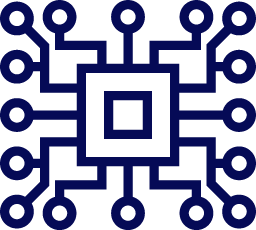 Computer Science
Computer Science
- BigPanDA for building and simulating on supercomputer, cloud and grid compute systems
- High performance scientific visualization
- Mimic physics of imaging instruments (microscopes, MRI, etc.)
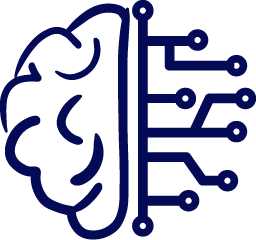 Neuroinformatics
Neuroinformatics
- Blue Search – large-scale extraction of data from literature
- Neuron phenotype ontology – a standardized representation of any neuron
- Nexus – a complete solution to publish data in knowledge graphs
- Automated model building from knowledge graphs
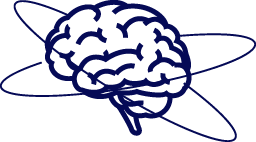 Simulation Neuroscience
Simulation Neuroscience
- Simulation neuroscience processes
- Seven challenges for neuroscience
- Origins of simulation neuroscience
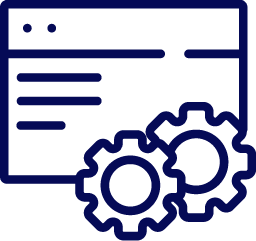 Blue Brain applications used in other areas
Blue Brain applications used in other areas
- Glucose metabolism predicts COVID outcome
- AI detection of dental caries
- Overexpressing UCP4 in mitochondria ameliorates Alzheimer’s Disease Model